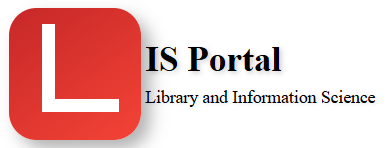A data repository is a centralized location where data is stored, organized, and managed. A data repository can be used to store a wide range of data types, including text, images, audio, and video, and can be used to support a variety of use cases, including data archiving, data sharing, and data analysis.
In the context of library and information science, data repositories can be used to store and manage a variety of library resources, including: some of the tools and technologies used for data repository management include:
-
Digital asset management systems: Digital asset management systems, such as Extensis Portfolio or DigiTool, can be used to store and manage digital collections, and to support the ingestion, storage, and dissemination of digital assets.
-
Research data management systems: Research data management systems, such as Dryad or Figshare, can be used to store and manage research data, and to support the sharing and reuse of research data.
-
Metadata management systems: Metadata management systems, such as METS or MODS, can be used to manage and store metadata for library resources, including catalog records and digital collections.
-
Preservation systems: Preservation systems, such as DuraSpace or OAIS, can be used to preserve and manage digital collections over time, ensuring that digital resources are accessible and usable in the future.
-
Data visualization tools: Data visualization tools, such as Tableau or PowerBI, can be used to visualize and explore library data, making it easier to understand and analyze large data sets.
These tools help to ensure that library data is stored, organized, and managed in a consistent and sustainable manner, and that digital resources are preserved and accessible over time. By using these tools, libraries and information organizations can support data repository management, and ensure that their collections and resources are accessible and usable to users over time.
